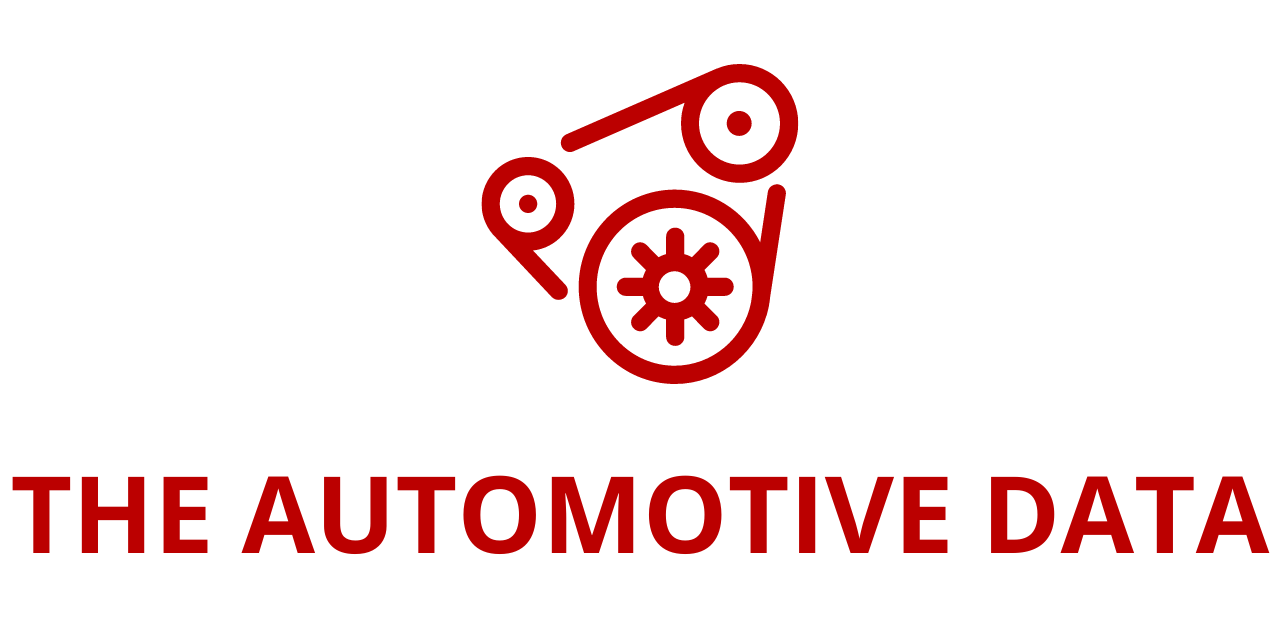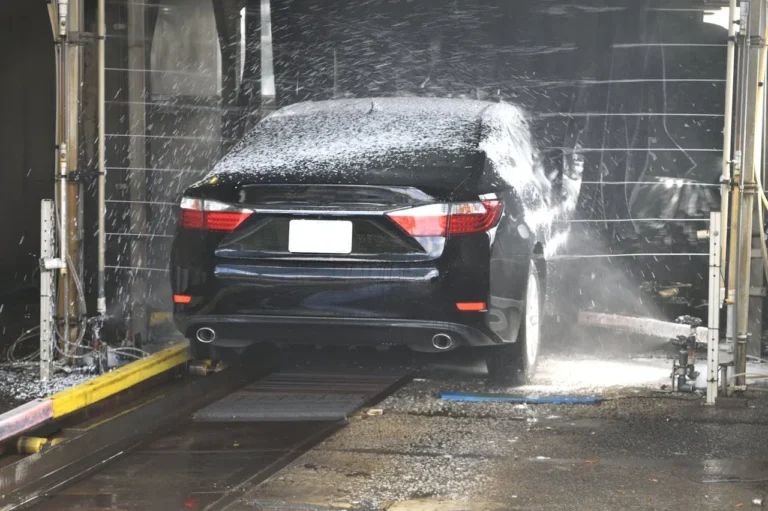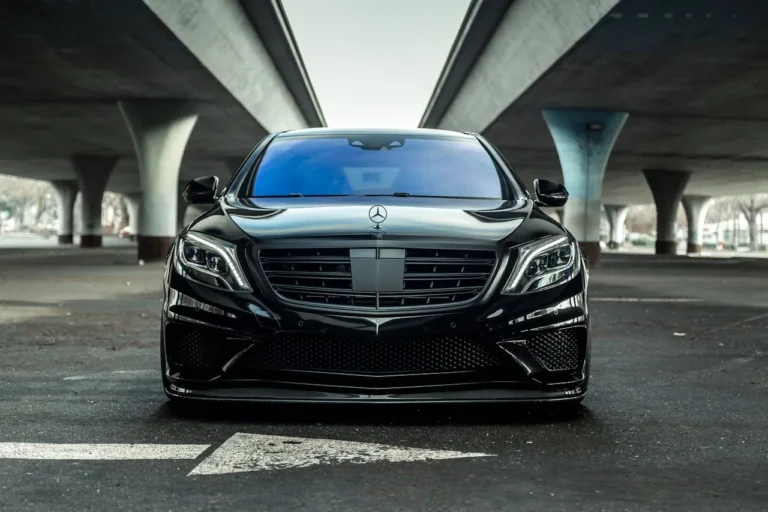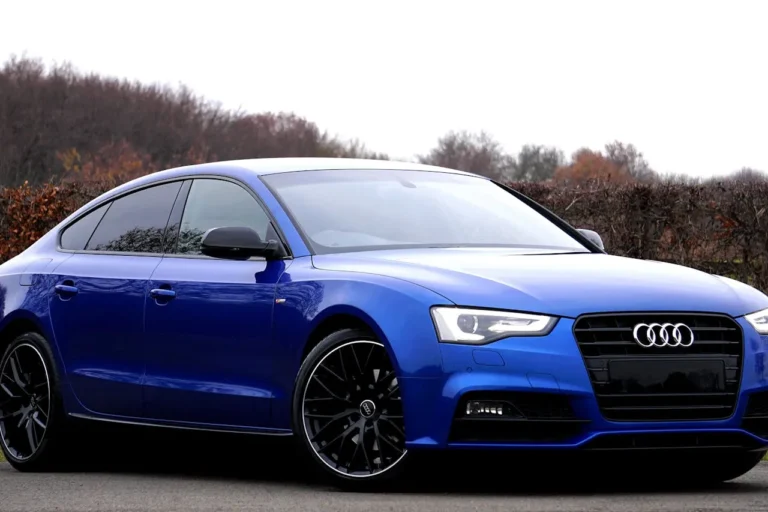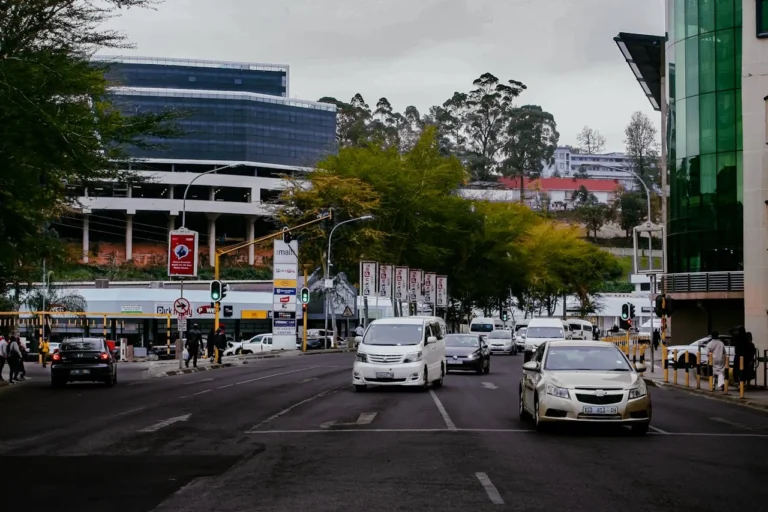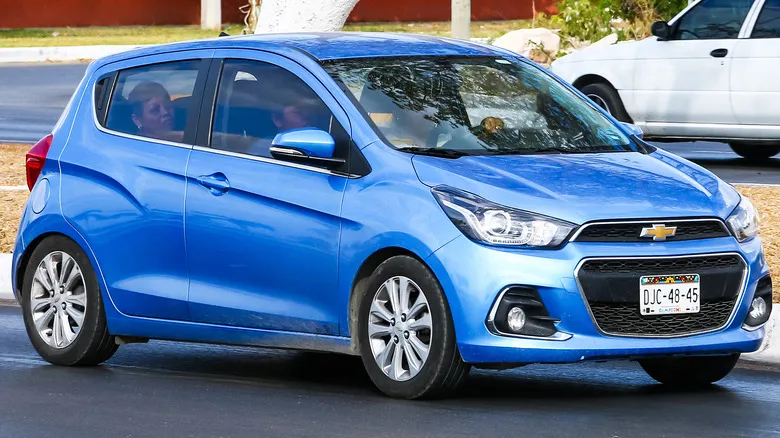
A Conversation with Jeff Bush, GM’s Executive Director of Digital Vehicle Experience
Jeff Bush, the Executive Director of Digital Vehicle Experience at General Motors, has had a fascinating journey through the tech world before landing in the automotive industry. With a career that spans startups and major tech giants like Apple, Google, and Roku, he brings a wealth of experience in software engineering and user interface design. Now based at office in Mountain View, California, Jeff leads the teams responsible for the in-vehicle user interface and application software across all vehicles. His work touches everything from digital instrument clusters and center screens to heads-up displays and passenger entertainment systems.
We sat down with Jeff to discuss his career path, his role at , and his thoughts on the future of the automotive industry.
The Journey to GM
What was your path to joining General Motors?
Working at GM is, in many ways, a full-circle moment for me. I grew up in Grand Rapids, Michigan, and after high school, I worked at a foundry producing equipment used to build vehicles. Even back then, I was fascinated by engineering and how things were built.
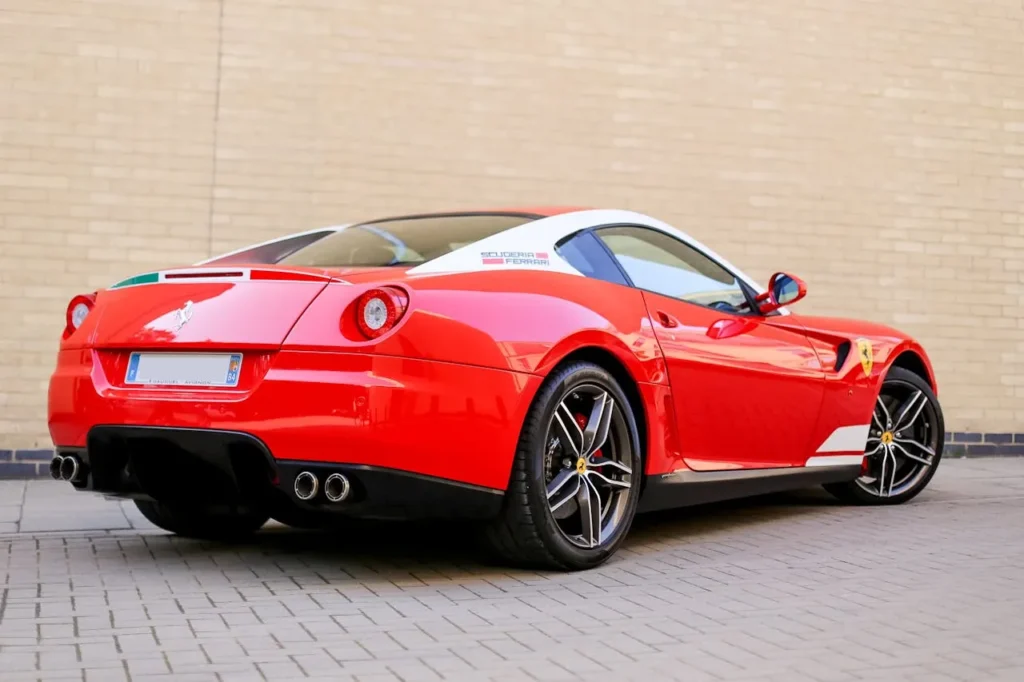
Eventually, I went back to school and majored in computer science, which led me to California in 1998—just in time for the peak (and eventual bursting) of the dot-com bubble. I started at several startups before moving into roles at larger tech companies. Each step of my career helped me develop the skills I use today.
Building Iconic Technology
You’ve been involved in some iconic hardware projects. Can you share some highlights?
I’ve been fortunate to work on some groundbreaking products. One of the most interesting startups I was involved in was Danger, which created the T-Mobile Sidekick. It was one of the first smartphones with an internet-connected experience, way ahead of its time.
In 2005, I joined Apple, where I worked on what was then a top-secret project: the iPhone. Seeing how the iPhone revolutionized the world was an incredible experience.
Later, I led the Android Automotive OS software engineering team at Google, which focused on integrating the Android operating system into vehicles. That experience naturally led me to , where I found an opportunity to merge my love for software with my early roots in the automotive industry.
GM’s Commitment to Electric Vehicles
How do you see GM’s role in the EV revolution?
I’ve always been passionate about electric vehicles. One of the things I respect most about is how clearly Mary Barra, our CEO, has laid out the company’s vision. Her “three zeros” mission—zero crashes, zero emissions, and zero congestion—is a bold commitment that underscores ’s leadership in EV adoption.
We are fully committed to electrifying our light-duty vehicles, and we’re executing on that vision with models like the Chevrolet Silverado EV, Cadillac LYRIQ, and C HUMMER EV. Our Ultium battery platform is a game-changer, allowing us to scale EV production efficiently across different vehicle types.
Driving Software Innovation at GM
What’s your biggest achievement since joining GM?
One of the things I’m most proud of is improving the quality and reliability of our software releases. Over the past year, we’ve launched a series of vehicles with significantly improved digital experiences. We’ve also refined our code review processes, making them more rigorous to ensure high-quality software deployment.
Additionally, we’ve become more disciplined about development milestones. We’re careful about choosing the right features to prioritize, ensuring that we’re investing our resources in areas that will make the biggest impact.
The Future of In-Vehicle User Experience
What does your ideal user experience in GM vehicles look like?
My goal is for GM vehicle owners to be genuinely excited about software updates in their cars—just like they are when their smartphones get a new update. Imagine stepping into your car and seeing an over-the-air (OTA) update available. You install it, and suddenly, your car has new features, a more intuitive interface, or improved performance.
We’re already making strides in that direction by improving our automated testing and refining our UI/UX designs to be more intuitive and user-friendly.
What steps is GM taking to make that vision a reality?
One of the key factors is owning more of our software development. Historically, automakers have relied heavily on third-party vendors for software, which can introduce integration challenges. By taking more control, we can streamline development and create a more seamless experience for our users.
We’re also working on our next-generation electrical hardware architecture. This will simplify our systems and enable more frequent, more robust software updates, ensuring that GM vehicles remain cutting-edge long after they leave the showroom floor.
Navigating Challenges in the Auto Industry
What’s the biggest challenge you face at GM?
One of the inherent challenges in working at a company as large and complex as GM is balancing competing priorities. Our product portfolio is vast, and aligning multiple teams toward a common goal requires strong leadership and clear decision-making.
A quote that I often remind myself of is from the Roman philosopher Cicero: “More is lost by indecision than wrong decision.” In other words, it’s important to make informed decisions rather than get stuck in analysis paralysis. I trust my team, and we work together to navigate the complexities of our work.
The Intersection of Music and Software Engineering
You’re also a musician. Do you see any parallels between making music and building software?
Absolutely. Both music and software development are creative processes that involve taking a vast range of possibilities and narrowing them down into something coherent and impactful.
Music is about choosing the right notes, rhythms, and structure to create a song that resonates with listeners. Software engineering is similar—you start with an infinite number of ways to solve a problem, but the magic happens when you craft an elegant solution that is both functional and beautiful.
In both fields, you also have to think about the end user. A musician considers how the audience will experience a song, just as an engineer must think about how users will interact with software.
GM’s Role in Shaping the Future of Mobility
How is GM shaping the future of mobility?
GM is at the forefront of not just EV adoption but also autonomous vehicle (AV) development. Our work with Cruise, GM’s autonomous vehicle subsidiary, is paving the way for self-driving technology that is safe, reliable, and scalable.
For widespread EV and AV adoption, consumer confidence is key. People need to trust that these technologies are safe and that they will enhance their lives. GM is uniquely positioned to build that trust, given our deep expertise in vehicle manufacturing and our commitment to innovation.
Advice for Aspiring Engineers
What would you say to engineers considering a career at GM?
If you’re an engineer who loves solving complex, meaningful problems, GM is an exciting place to be. We’re working on some of the most challenging and rewarding engineering projects in the world. Whether it’s designing intuitive vehicle interfaces, advancing EV technology, or pushing the boundaries of autonomous driving, there’s no shortage of opportunities to make an impact.
If you’re looking to be challenged—in a good way—you’ll find that here at GM.
To explore engineering opportunities at GM, visit GM Careers.
